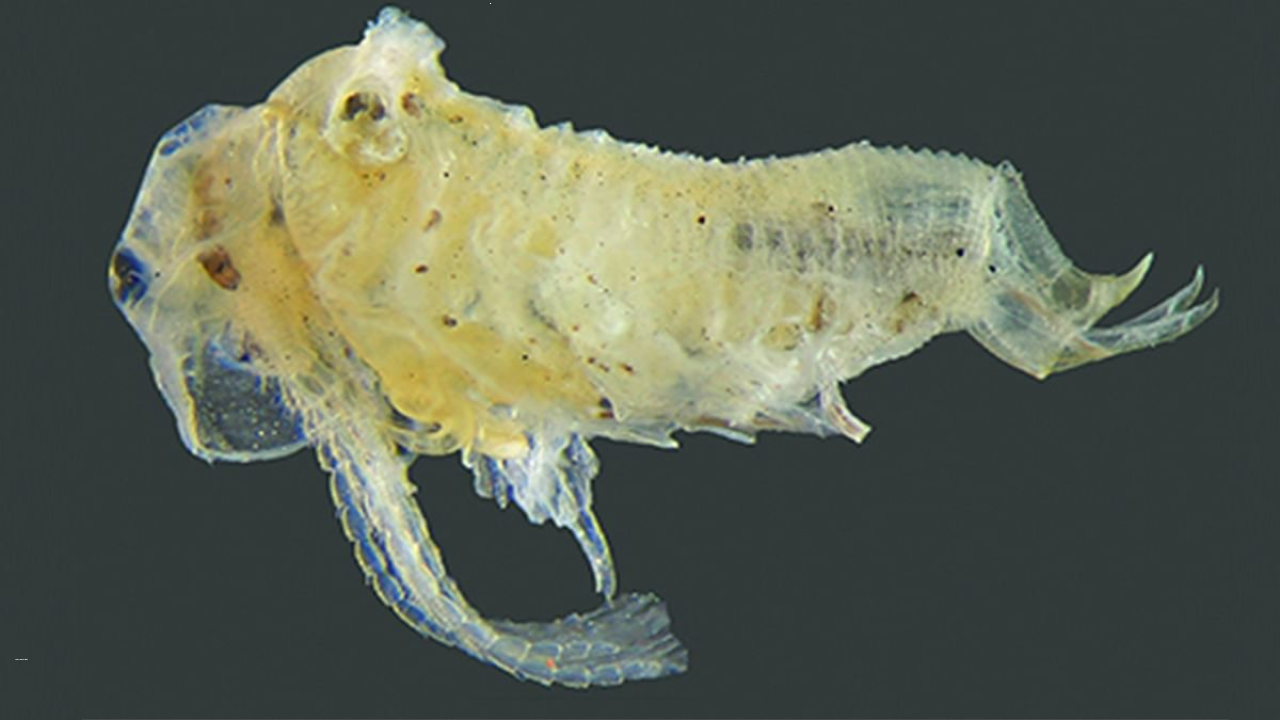New Species of Spiny Clam Shrimps
Researchers have uncovered two genetically unique species of spiny clam shrimps, also known as Spinicaudatans, in Karnataka and Goa. These newly discovered species are distinct from other Indian species previously identified.
What are Spiny Clam Shrimps?
Spiny clam shrimps, despite their name, are not actually clams. They are crustaceans that live in temporary freshwater bodies around the world, except in Antarctica. Their unique feature that sets them apart from other families of crustaceans is the existence of a spine located on the tip of their rostrum, which is a projection of the head resembling a beak.
Discovery of New Species
A team led by Sameer Padhye, a data analyst with Biologia Life Science LLP, and Mihir Kulkarni, a researcher with the Laboratory for the Conservation of Endangered Species at Hyderabad’s CSIR-Centre for Cellular and Molecular Biology, discovered two new species of spiny clam shrimps in Karnataka and Goa. The two new species, named ‘Leptestheria chalukyae’ and ‘Leptestheria gomantaki,’ were genetically different from other known Indian species.
Leptestheria chalukyae and Leptestheria gomantaki
Leptestheria chalukyae was discovered in Badami, Karnataka, and was named after the Chalukya dynasty, which ruled large parts of southern and central India during medieval times. Leptestheria gomantaki was discovered in Goa and named after the state where it was found.
Leptestheriidae Family
Leptestheriidae family, to which the two new species belong, is one of the 35 recognized species of clam shrimps. With the discovery of these two new species, the number of known species of Leptestheria in the Indian subcontinent now stands at nine.
Research and Study
As part of their study, the scientists isolated adult clam shrimp specimens from rock pools, which are small pools of seawater that form along the coastline, and fixed them in ethanol. They then photographed and observed them under a microscope to study their unique features. The study sought to highlight the rich biodiversity in India, especially in understudied habitats like rock pools, which are vulnerable to climate change, pollution, and overfishing.
Structural Traits and Evolutionary History
The researchers examined Leptestheria nobilis, which was discovered in the Maharashtra region of the Western Ghats in 2016, to make a comparison. They found that this species had highly variable structural traits. The three species studied were found to have evolutionarily distinct lineages that diverged during the Cretaceous period, which ended 66 million years ago, and during which dinosaurs were the dominant group of land animals on the planet.
Distribution of Crustacean Groups
According to the study, the distribution of several ancient Leptestheria lineages in India could be attributed to older vicariance events, trans-oceanic dispersals, or even local environmental sorting, which have influenced the distribution of other crustacean groups.
Month: Current Affairs - May, 2023
Category: Science & Technology Current Affairs


